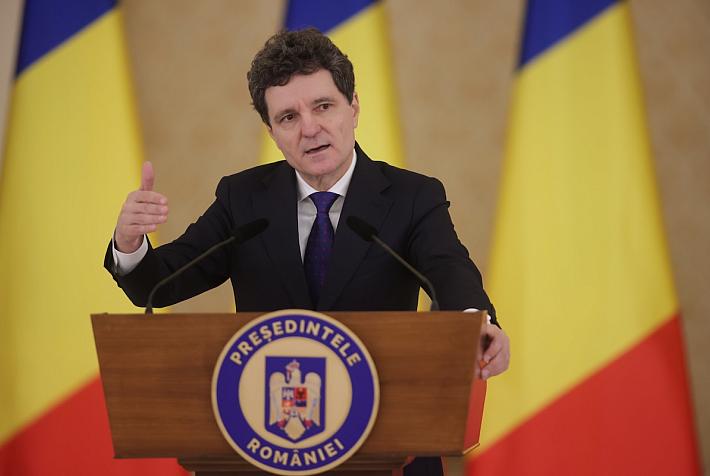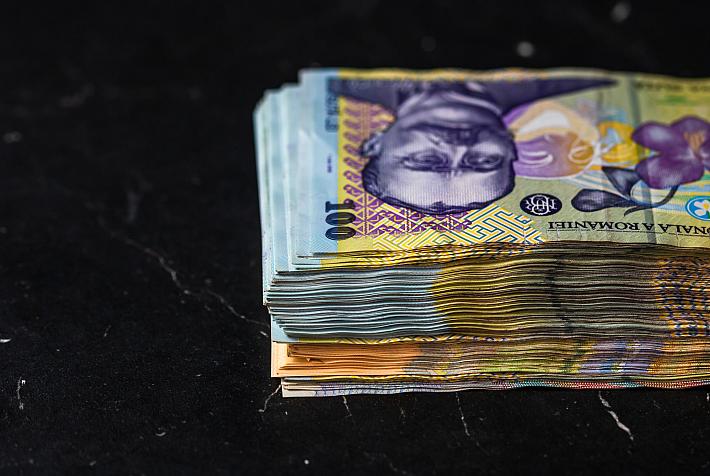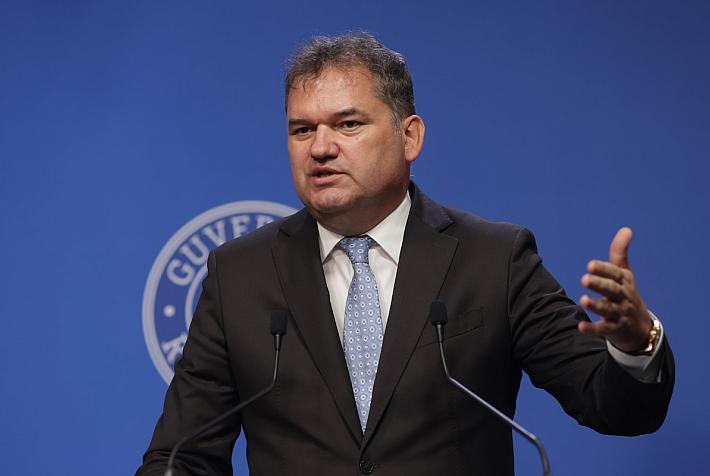Romania’s budget deficit reaches 0.79% of the GDP after the first 11 months

Romania’s budget deficit rose to RON 5.5 billion (EUR 1.2 billion) after the first eleven months of the year, representing 0.73% of the GDP, according to data from the Finance Ministry. In the same period of 2015, Romania had a budget surplus of some RON 5.3 billion.
For the whole year, the budget deficit is estimated at RON 21 billion (EUR 4.6 billion), the equivalent of 2.8% of the GDP, according to the Government’s budget projection.
After the first ten months of the year, the budget recorded a much lower deficit, namely RON 1.3 billion (EUR 286 million), or 0.17% of the GDP.
The revenues of the consolidated general budget amounted to RON 205.6 billion (EUR 45.3 billion) between January and November, down 1.9% year-on-year.
The revenues from the VAT collection saw the biggest drop, namely an annual decrease of 9.2%, to RON 47.9 billion (EUR 11 billion). This negative evolution was due to the reduction of the general VAT rate from 24% to 20% at the beginning of the year, and the drop in the VAT rate on food from 24% to 9% starting June 1, last year.
However, other taxes brought more revenues to the state budget compared to the previous year. The tax on corporate profits generated 10.5% higher revenues year-on-year, which shows that local businesses have become more profitable.
The revenues from the personal income tax also went up by 5% year-on-year whereas the revenues from the social insurance contribution rose by 7.3% compared to the same period last year, reflecting higher salaries in the public and private sectors.
The excise duties also generated higher revenues by 5%, according to the Finance Ministry.
The budget’s expenses amounted to RON 211.1 billion (EUR 46.5 billion) in the first eleven months of the year, up 3.3% compared to the same period last year.
Spending on public sector wages rose by 9.8% compared to the same period in 2015 mainly due to wage increases granted to several categories of public employees in the second half of 2015 and the increase in the minimum wage to RON 1,250 lei (EUR 275) from May 1.
Meanwhile, the state’s spending on goods and services fell by 0.9% over the same period last year.
The expenditure on social assistance increased by 7.5% compared to the same period last year, influenced mainly by a 5% increase in the pension point starting January 1, 2016.
Investment expenditure, including capital expenditures and those related to development programs financed from internal and external sources, amounted to RON 21.7 billion (EUR 4.8 billion), or 2.9% of GDP. The state budget for 2016 provided RON 37.7 billion (EUR 8.3 billion) for investments.
editor@romania-insider.com











